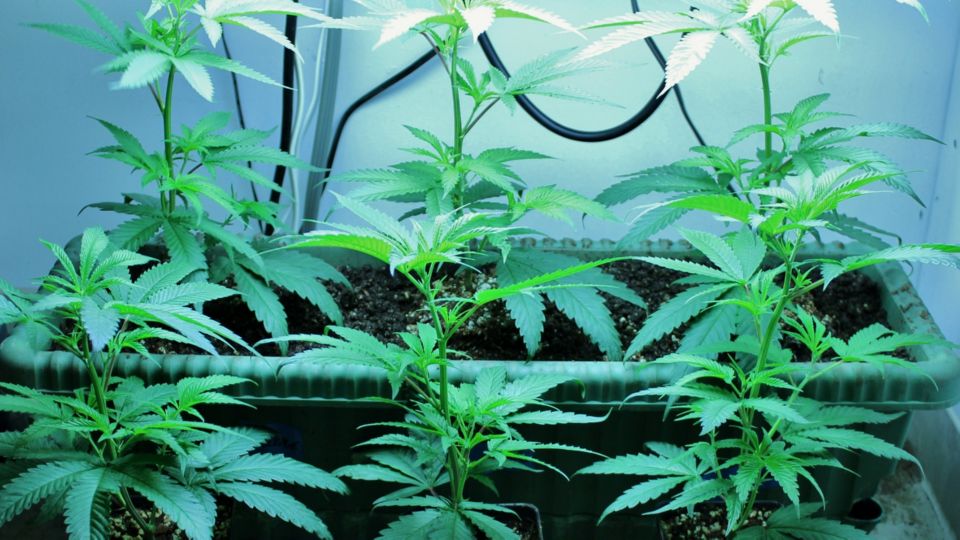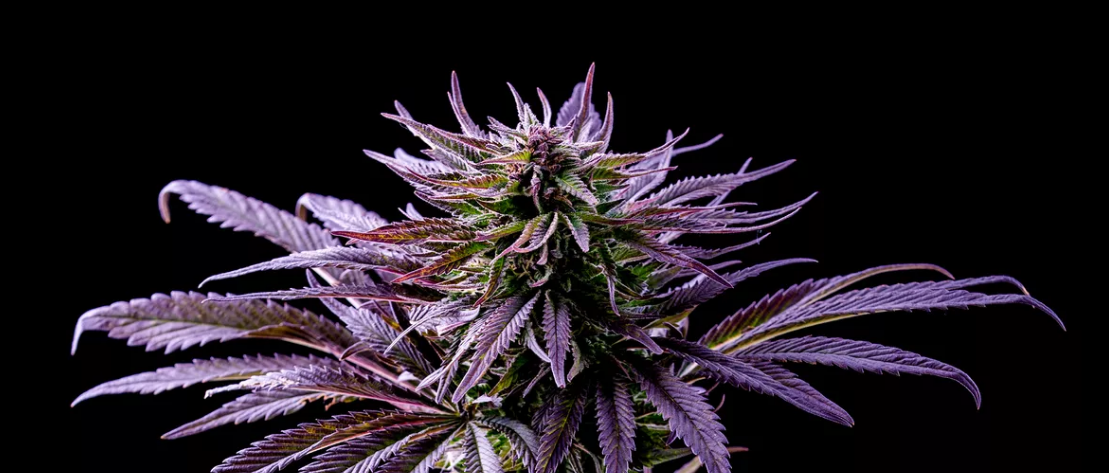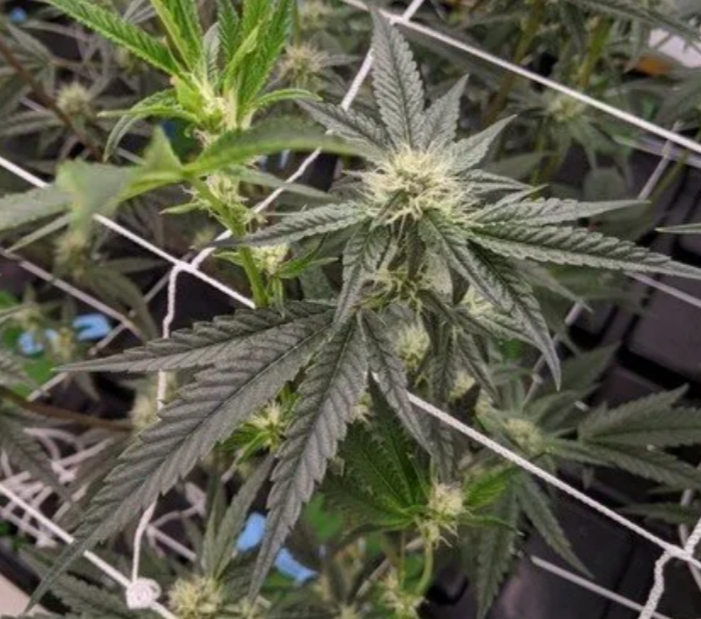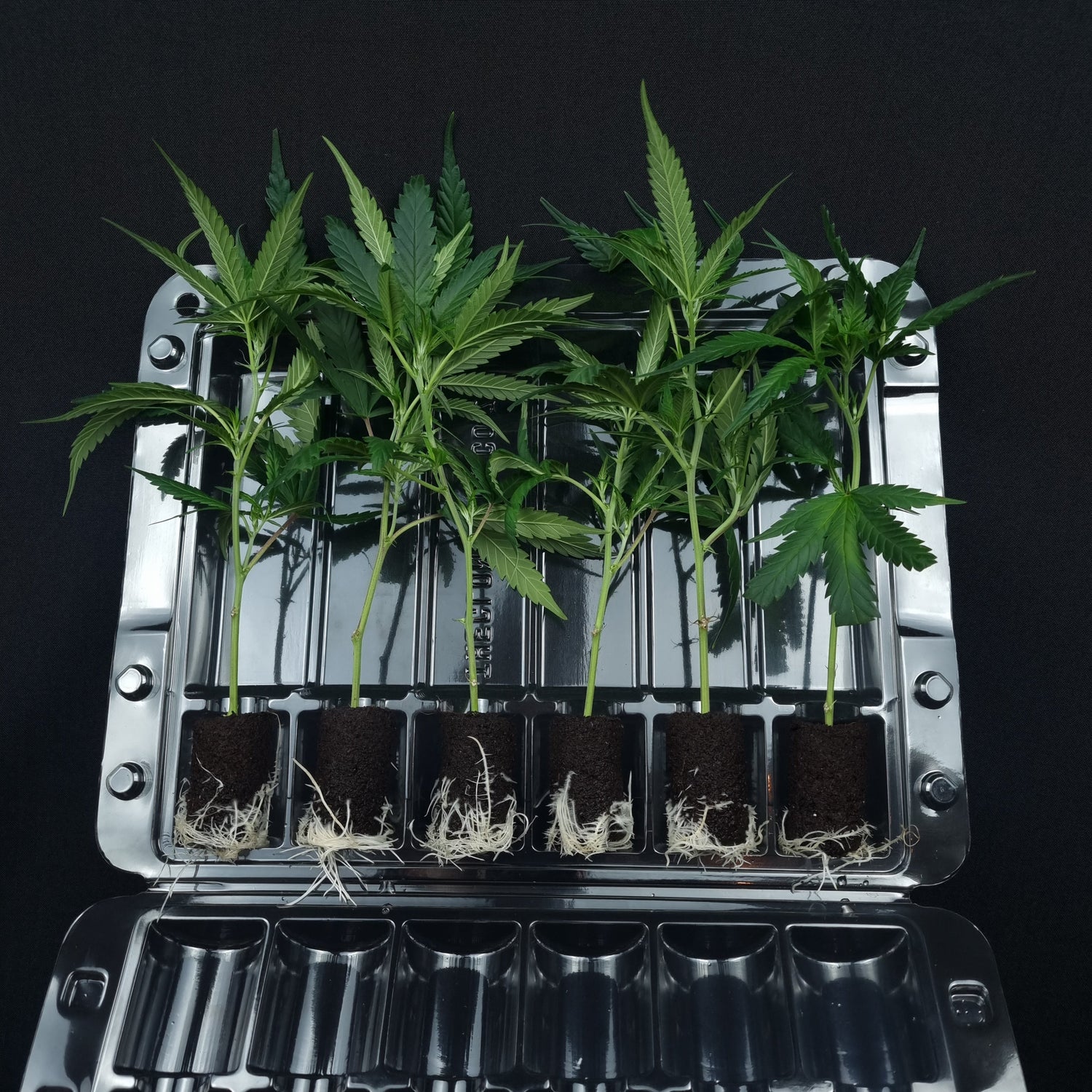Growing cannabis indoors requires a lot of energy, and any interruption in the power supply can have a significant impact on the growth of the plants. Load shedding is one such event that can cause disruptions in the power supply, and it can have a severe impact on indoor cannabis growers. In this blog, we will explore how load shedding can affect growing cannabis indoors and what measures growers can take to mitigate its impact.
Load shedding is a deliberate and temporary interruption of electricity supply to a particular area, aimed at balancing the demand and supply of electricity. It is often done by the power companies during peak hours or when there is a shortage of electricity. While load shedding is done to prevent blackouts, it can have serious consequences for indoor cannabis growers.
Cannabis plants require a consistent and stable source of light to grow and develop. Interruptions in the power supply can disrupt the light cycle, which can cause stress to the plants. When the plants are subjected to irregular light cycles, it can lead to stunted growth, reduced yield, and even death in severe cases.
Apart from disrupting the light cycle, load shedding can also affect the temperature and humidity levels inside the grow room. Cannabis plants require specific temperature and humidity levels to grow optimally. Any fluctuations in these levels can have adverse effects on the plants, leading to mold growth, pest infestations, and reduced yields.
To mitigate the impact of load shedding on indoor cannabis growth, growers can take certain measures. One option is to invest in a backup power supply such as a generator or battery backup. This can ensure that the grow room continues to receive a stable and consistent source of electricity, even during load shedding.
Another option is to plan the light cycle and watering schedule around the load shedding timings. By scheduling the light cycle and watering times before and after the load shedding period, growers can minimize the impact on the plants.
If you have strong enough lights, and can utilize supplementing your room with higher levels of CO2, you might be able to achieve the maximum amount of energy a plant can absorb during your light hours anyway, even if deducting 2 hours from your cycle. This obviously can be harder to manage when experiencing upwards of stage 2 load shedding, but it is something to consider when managing your VPD, Light hours and DLI (Daily light integral).
In conclusion, load shedding can have severe consequences on indoor cannabis growers. Interruptions in the power supply can disrupt the light cycle, temperature, and humidity levels, leading to stunted growth and reduced yields. However, with proper planning and investing in backup power supply, growers can mitigate the impact of load shedding and ensure optimal growth and yield of their cannabis plants.





